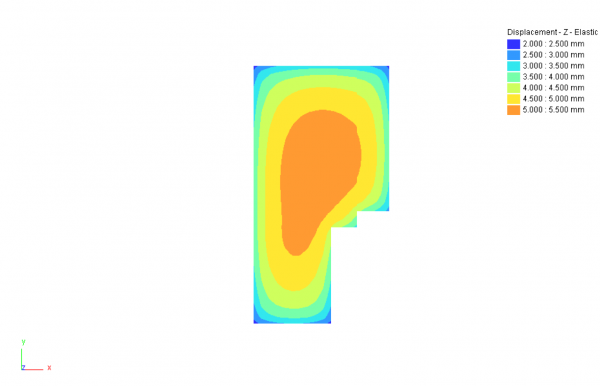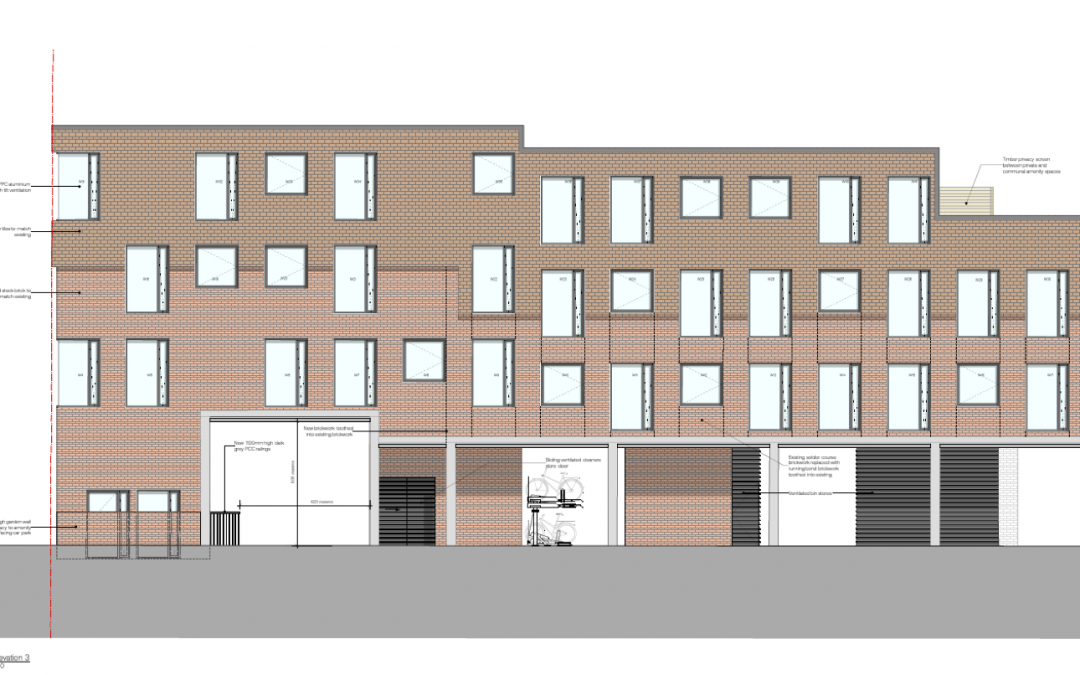Foundations… we learn and you gain
Geotechnical
Geotechnical engineer, Aaron Abu outlines how an exercise in personal professional development, allowed him to prevent a client spending a fortune on foundations.
 The idea of redeveloping an existing building or extending it, or both, is as old as the construction industry itself. But these options often change the way a structure interacts with the ground, so it is important to assess the bearing capacity of the underlying soils, to ensure they can support any additional loads.
The idea of redeveloping an existing building or extending it, or both, is as old as the construction industry itself. But these options often change the way a structure interacts with the ground, so it is important to assess the bearing capacity of the underlying soils, to ensure they can support any additional loads.
Ground & Water was recently involved in a ground investigation for a project that comprised the construction of a new three-storey building at the northern end of a site and connecting it to an existing building, with an under-croft supported by columns. A new lift core would be constructed next to the existing building, with a raft foundation underpinning the existing foundations.
Prior our involvement, a previous ground investigation was undertaken by another party, comprising the drilling of three boreholes to a depth of 5.45m bgl. The investigation concluded the ground bearing capacities were insufficient for the proposed foundations. This conclusion meant the client would be facing inflated construction costs resulting from deep underpinning and/or piling. However, the initial investigation did not acquire the necessary strength data, at depth, for pile design.
Ground & Water was appointed to the project to reassess foundation modelling based on the previous ground investigation. It was however, determined that the ground conditions would need to be confirmed, given the discrepancies in the strength data. A single cable percussion borehole was drilled to assess the ground conditions and ensure that piling data was available if required.
Consolidating the old and the new data proved helpful in determining areas of less competent soil. The use of geotechnical software allowed us to determine the bearing capacities of the underlying soils and confirm the findings from the initial geotechnical investigation.
Given the client’s need to be cost efficient, foundation designs had to be adapted to ensure the foundations were as shallow as possible, while still being structurally sound. With this in mind, a dialogue was opened up with the structural engineer to consider the low bearing capacity of the soil and the limitations of the site perimeter, in order to adapt the dimensions of the raft foundation accordingly to support the new build. This also established specific loads applied across the foundations, so the amount of settlement likely to occur for short and long periods could be deduced.
The loads were noted to be non-uniformly distributed across the raft foundations, with significant variability throughout. The non-uniformity of the loads being applied on the foundations meant amendments needed to be made to the foundation design. Areas of higher loads were founded at deeper depths where more competent soils with higher bearing capacities were encountered.

Plan view generated by Pdisp of the proposed raft foundation settlement for the new lift shaft structure, which would underpin the existing building.
Given the non-uniformly distributed loads across the two raft foundations, the design of the raft, and the low bearing capacity of underlain soil, a specialised geotechnical software called Pdisp, was required to calculate the settlement. Learning how to use the software under tight time constraints was challenging. However, with guidance provided by one of Ground & Water’s senior engineers, I gained good understanding of the software, allowing me to undertake settlement calculations for the foundations.
The calculations produced acceptable settlement values for the foundation design, which allowed development to rely on shallow foundations, saving the client time and money. The report was also issued with the conditions for potential pile designs dependent on the loads and the bearing capacity required for development.
Recalling this project truly highlighted the dynamic nature of geotechnical engineering. A project started out as a review and assessment of previous ground investigation data. This ultimately evolved into the designing of foundations, with settlement calculations undertaken on newly learnt specialist software.
